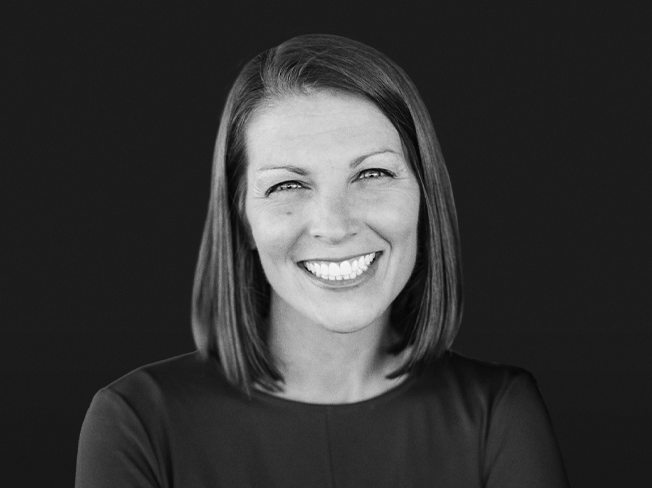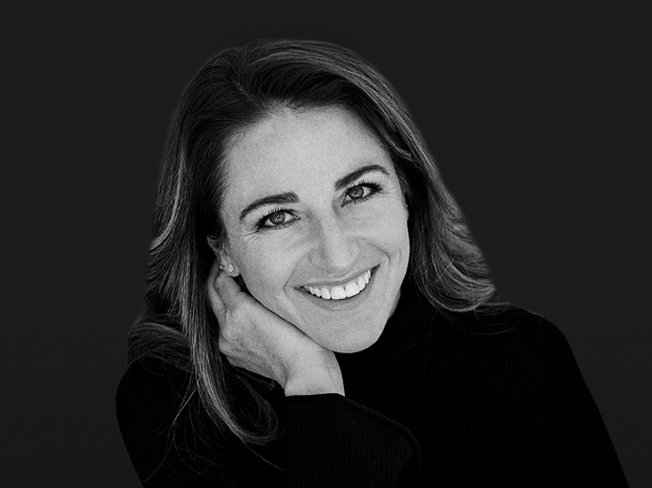Set Business Intentions for a Strong Year | Tory Burch Foundation
Set Business Intentions for a Strong Year
A wellness expert on how centering values and community at the top of the year is good for business
54,538 Views
2 Likes
4 min read
Link copied to clipboard
A new year promises a fresh start. Wellness expert and Mama Glow founder Latham Thomas returned to our small business webinar series to help our community make the most of their excitement about what’s to come. She talked to our community about setting the tone for a new year in their lives as founders and as people.
Take stock of the last year.
Preparing for a new year begins with assessing the last one. First, give thanks, even if the past year was a difficult one. “When we think about the end of the year, it is always through a context and a lens of gratitude. This is how we continue to move forward,” Thomas explained. She then offered the following questions to guide a year-end reflection:
- What did you learn about yourself this year?
- How have you grown?
- How did things turn out differently than planned?
- How did your priorities change?
Leaders should include their teams in this, too. “Have an employee listening session. Learn what matters to your staff.”
After surveying the past year, think about what processes or principles you need to let go to make room for new ones. Thomas compared it to buying a new sofa. “You can’t really bring that sofa in until you’ve gotten rid of your previous one and made some space for the new.” Though it’s counterintuitive, making space as an entrepreneur and leader may include less striving. “One of the things that happens so commonly for many of us is that we ask for things, and we aspire, and push, push push for things. And then when we get them, we can’t keep them, because we’re not in a mindset to actually keep what we asked for; we’re in the mindset of going to get that thing.” Don’t just celebrate the year’s successes–own them and use them to plan for the year ahead.
Start with intentions and values, then set goals.
Set aside sales or other hard metrics for a minute. For Thomas, moving toward a successful year means considering the process first, instead of the product. How will you feel once a project is done? This starts with setting intentions, which are not the same as goals. “Setting an intention is the act of stating what you intend to accomplish through your actions,” she explained. Put another way, think about how you want to feel as a business owner and a person, then consider what practices will elicit those feelings. For example, if your intention is to center wellness, you’d plan to stop working at a certain time, or go to bed earlier. Intention setting should include intentions for your staff, too. “How do you want them to thrive through the new year?” Thomas asked.
Next, Thomas recommends choosing three words that indicate both your personal and professional values for the year.The two lists will likely be congruent but not the same; your priorities and beliefs shouldn’t at odds with your business and, in fact, should show up there, though you and your business may need different things. “When you’re making decisions, you’re going to ask yourself, ‘does this serve our organizational values?’” she explained. Those three words will act as an internal compass to guide everything from operational decisions to client interactions. Return to these throughout the year.
[Dynamic equilibrium is] constantly moving and responding to needs based on what balls are in the air.
Finally let go of the search for work-life balance.
It simply doesn’t exist, Thomas believes. Not that founders should overwork themselves; instead, they should work towards dynamic equilibrium. Our lives and businesses make different demands on us, meaning we’re “constantly moving and responding to needs based on what balls are in the air,” she said. The key is creating systems and relationships in life and business that can support you when your attention needs to be on a particular thing.
Popular wisdom urges us to treat our personal and professional lives as totally separate. Compartmentalizing is an important skill, but works only to an extent. We [have to] figure out how to compartmentalize when necessary, [while] also knowing that everything is still fluid,” Thomas advised. Use your year’s values to guide how you set and honor the boundaries that make dynamic equilibrium possible.
Help an entrepreneur by upvoting




